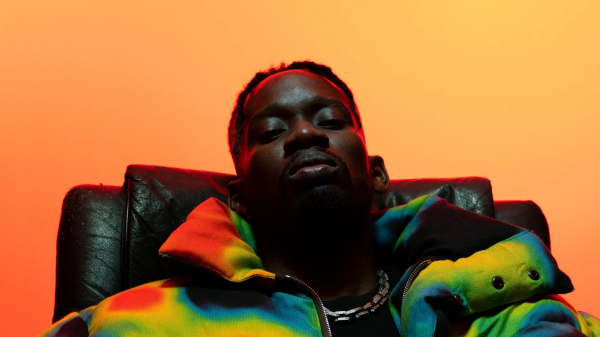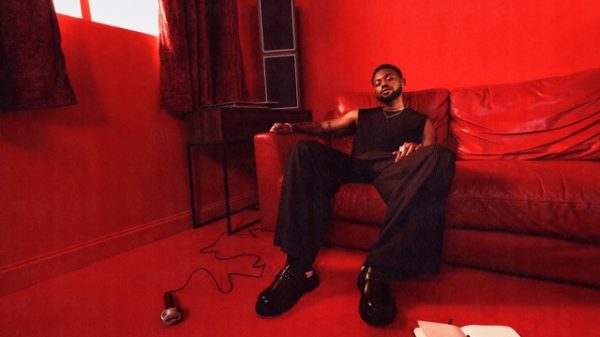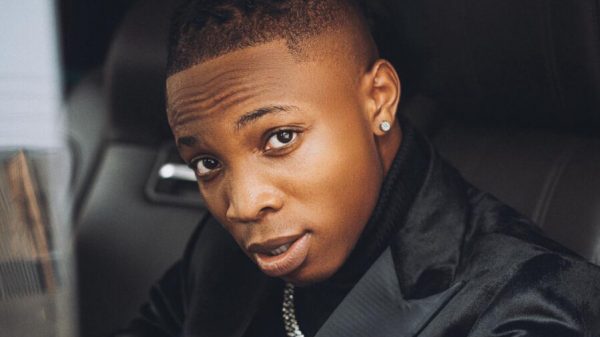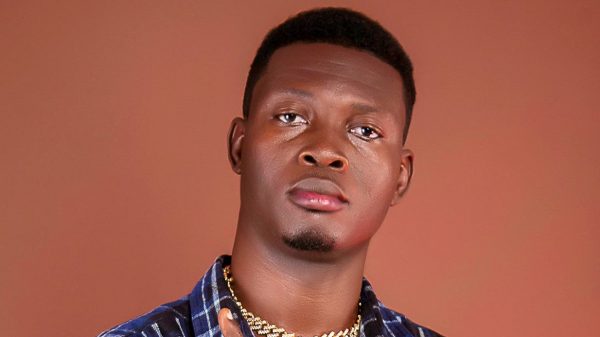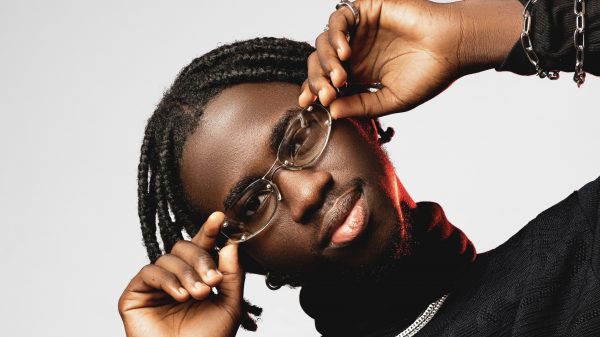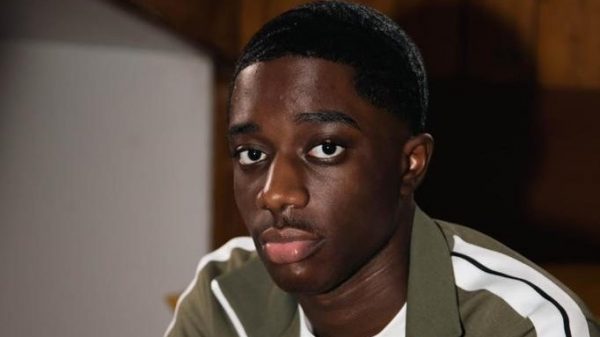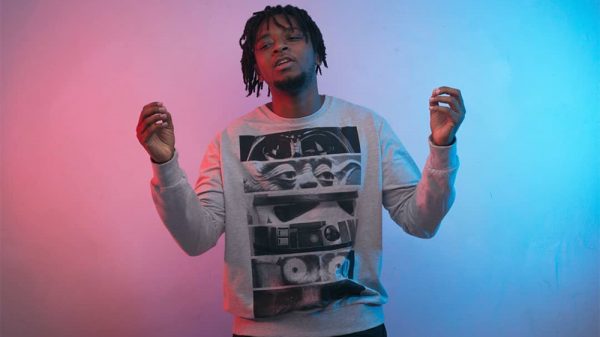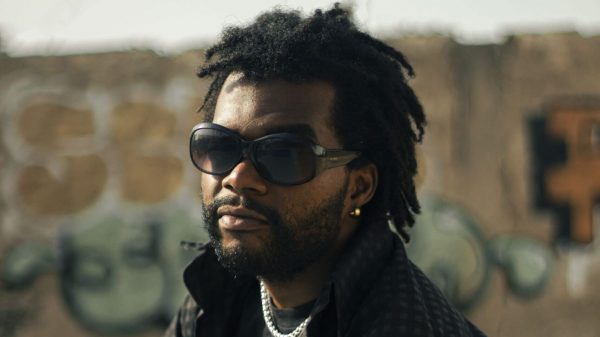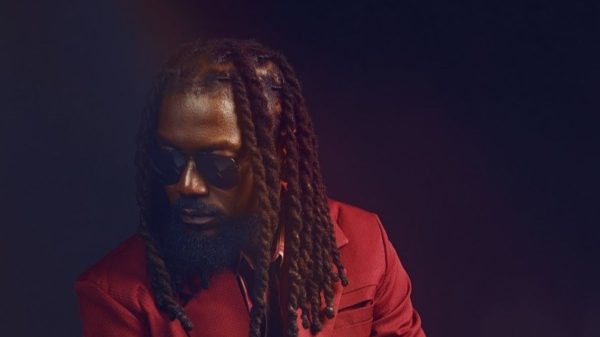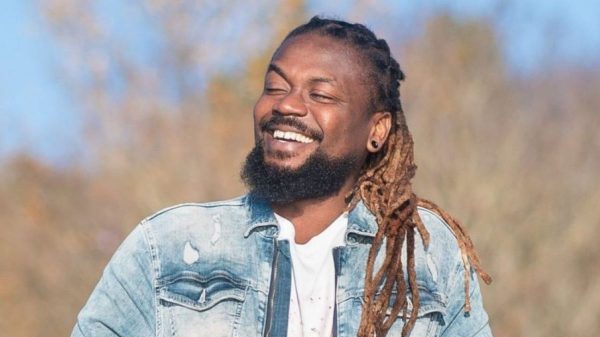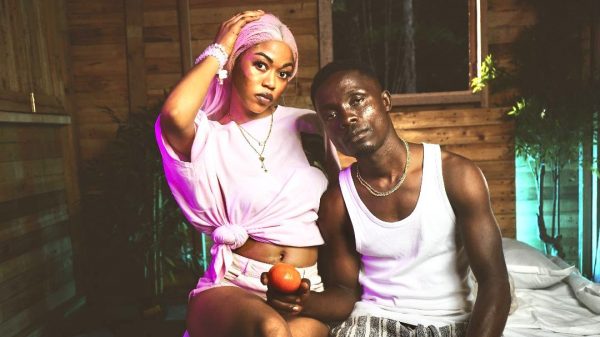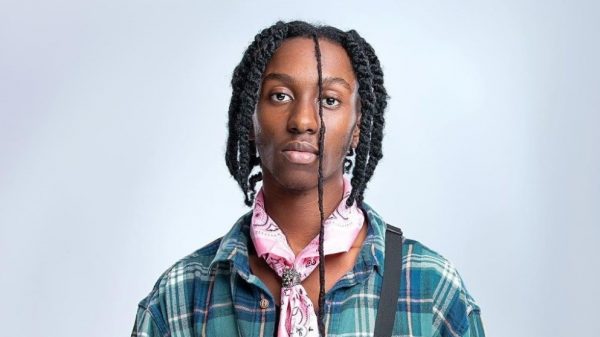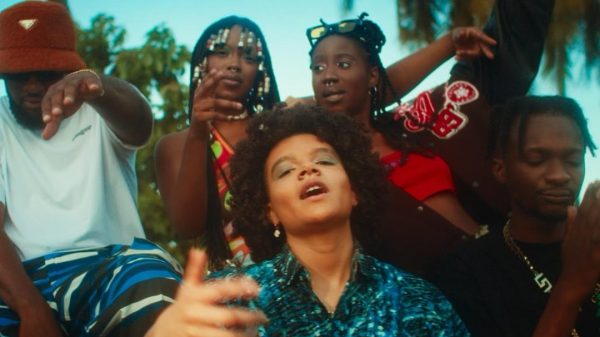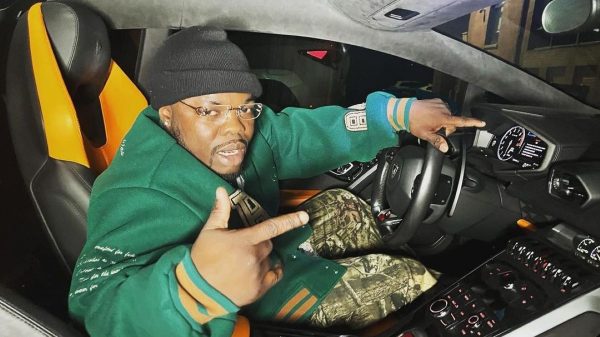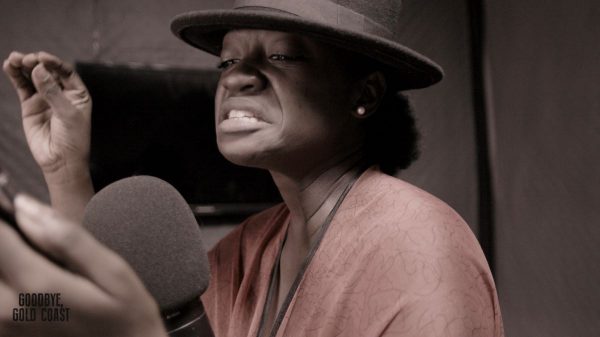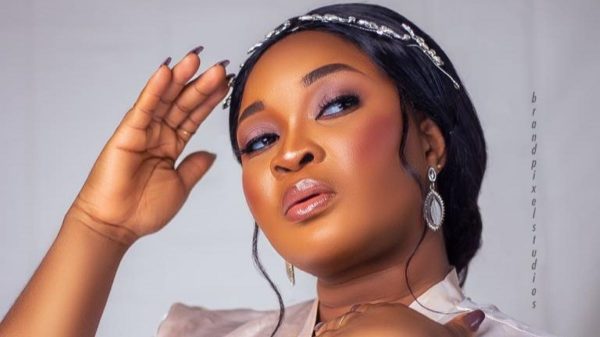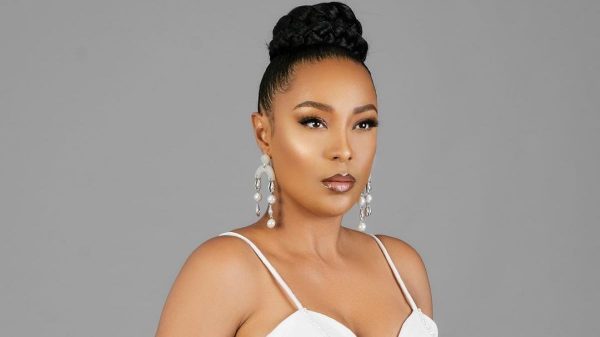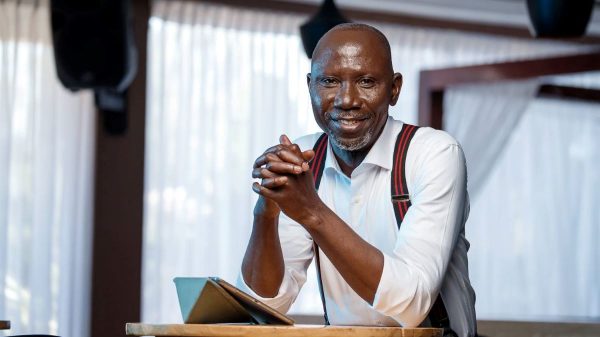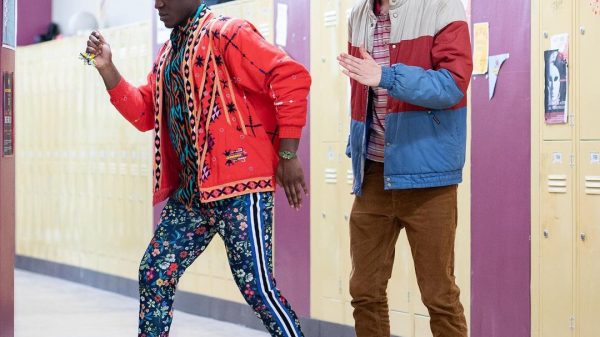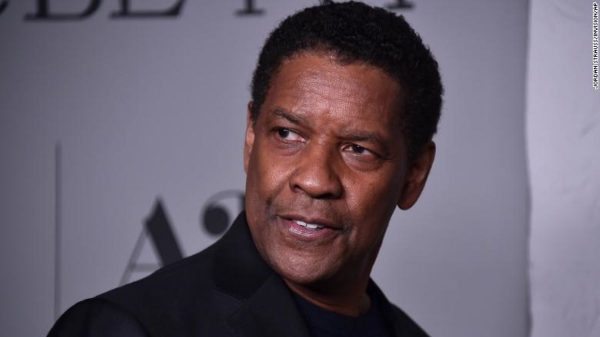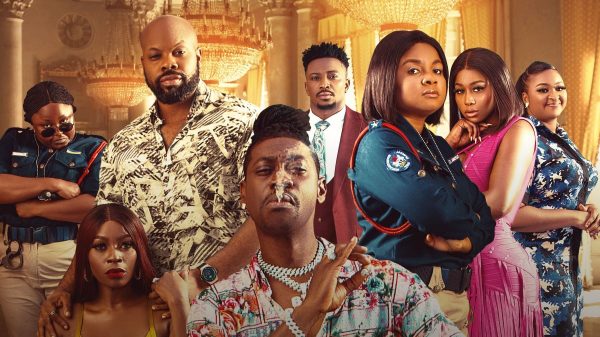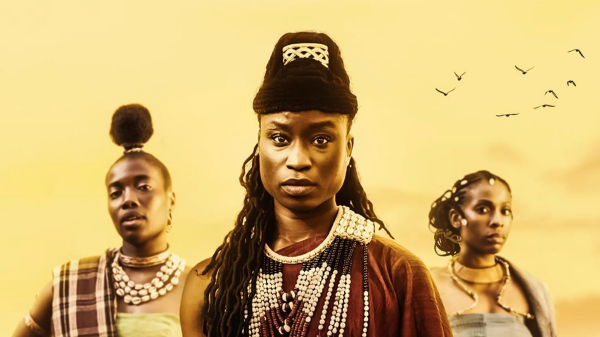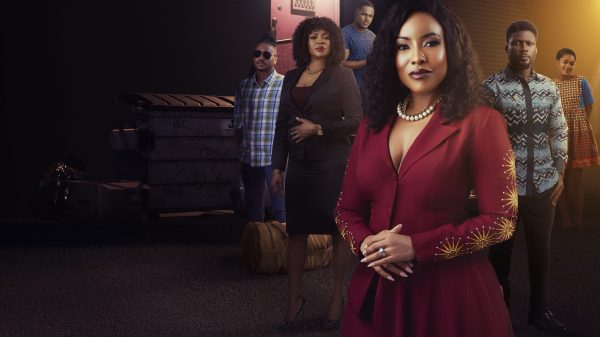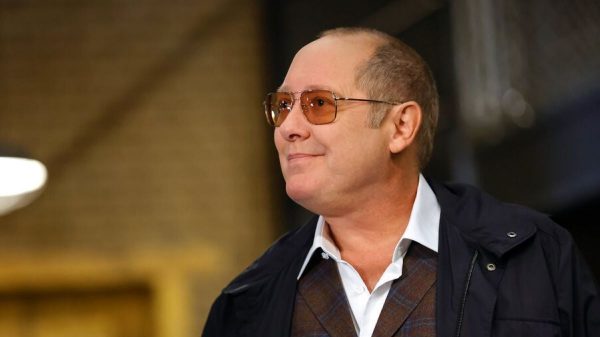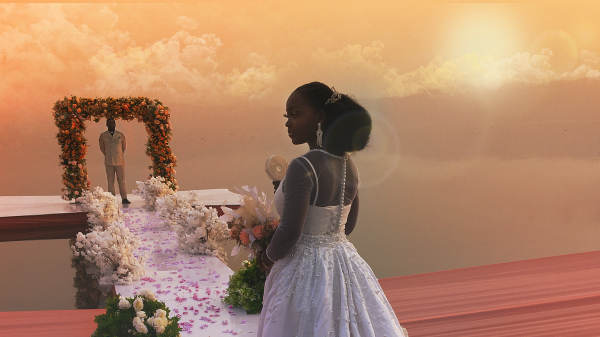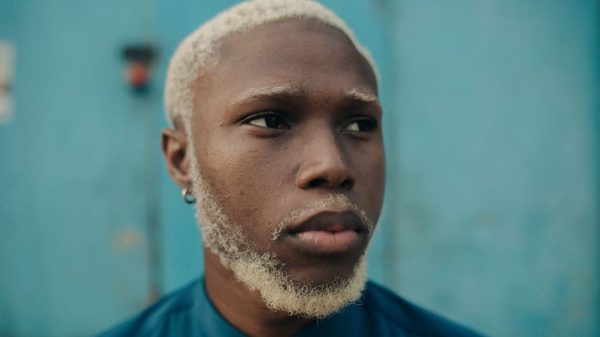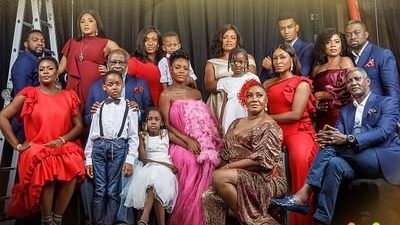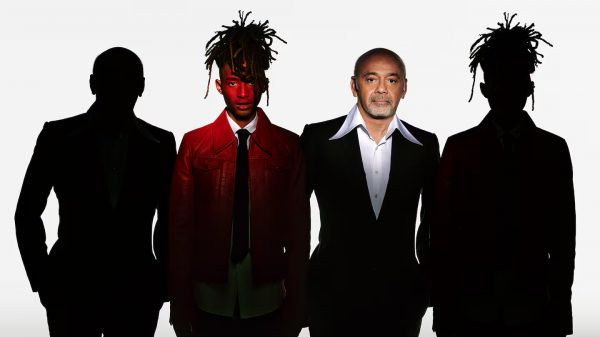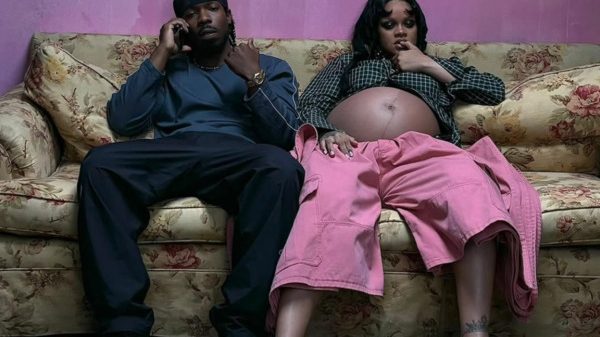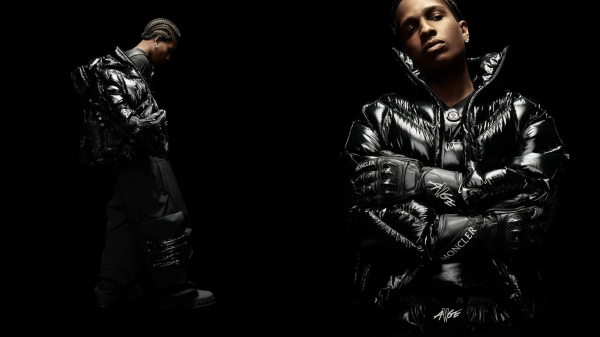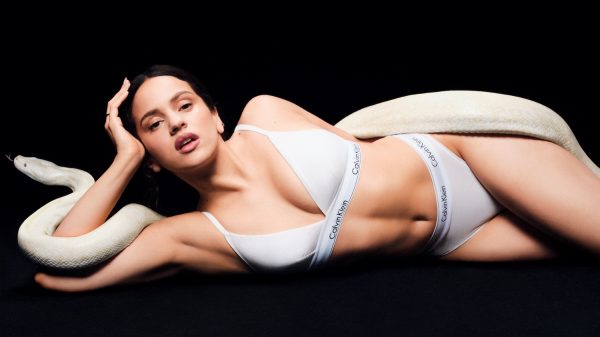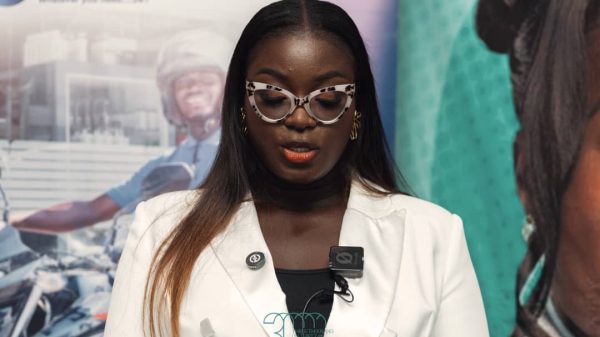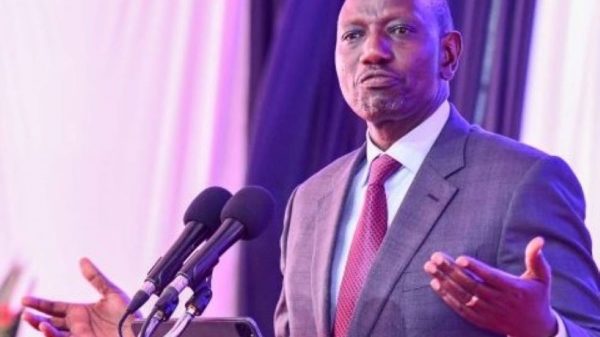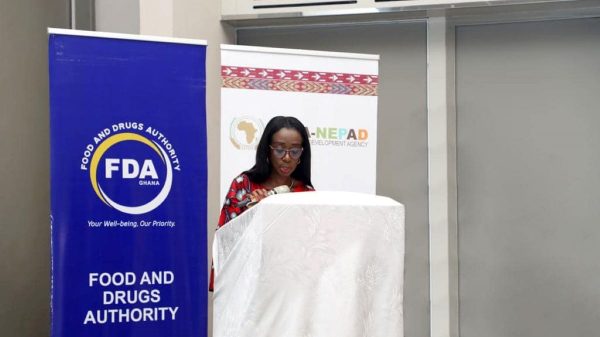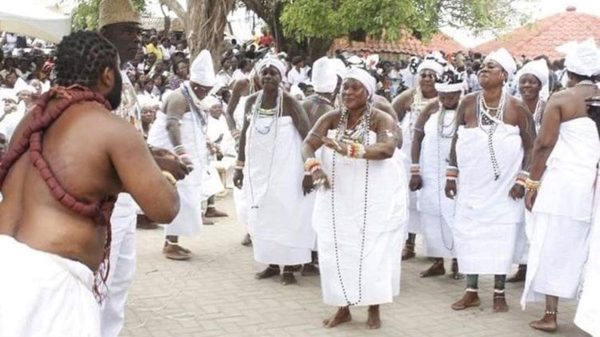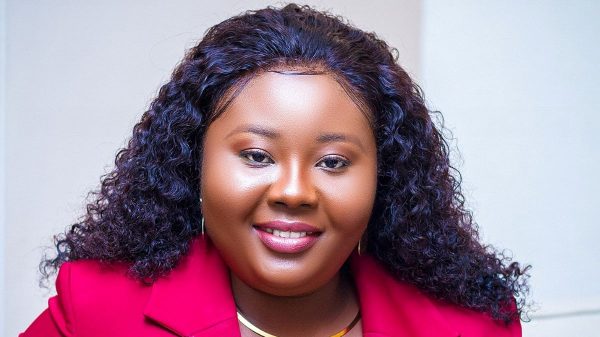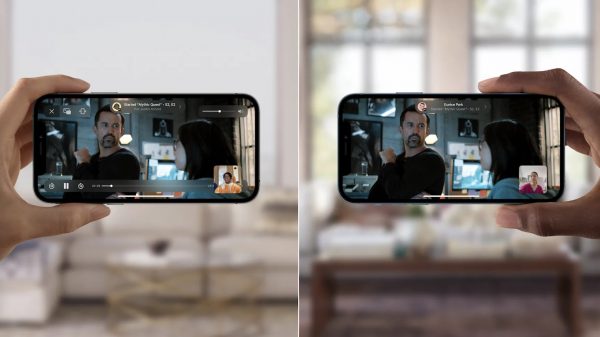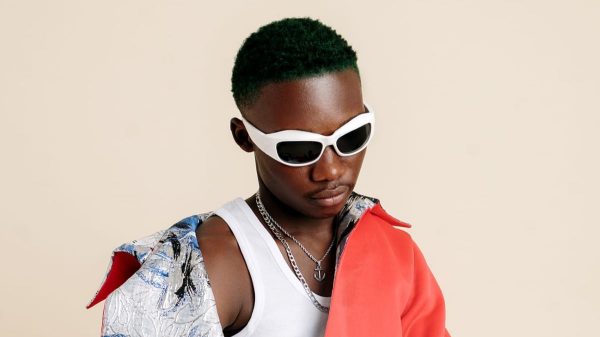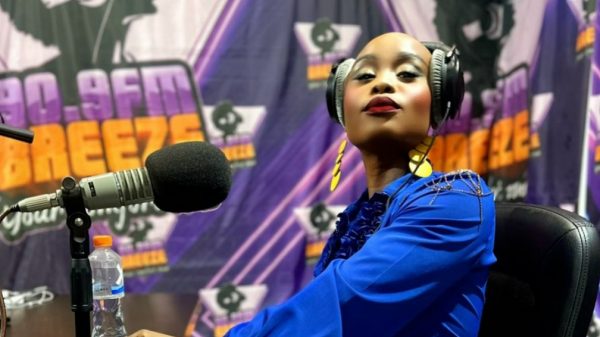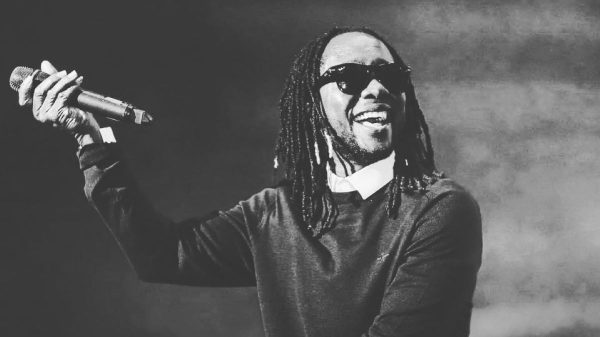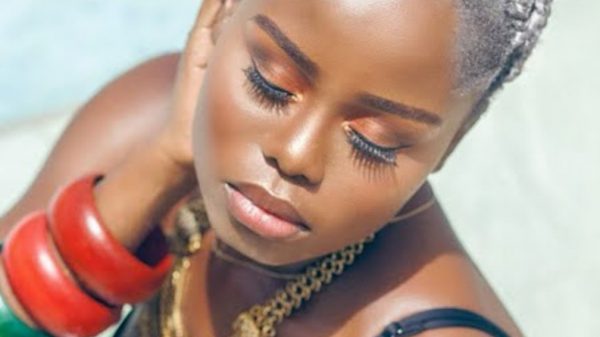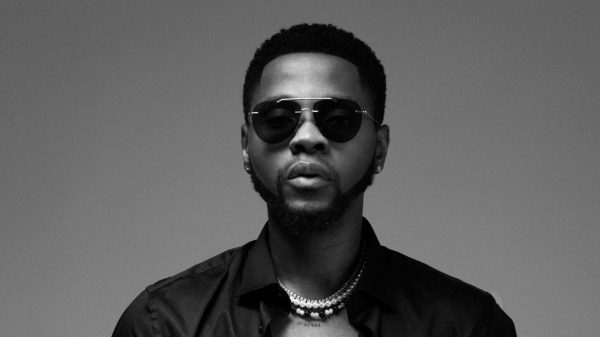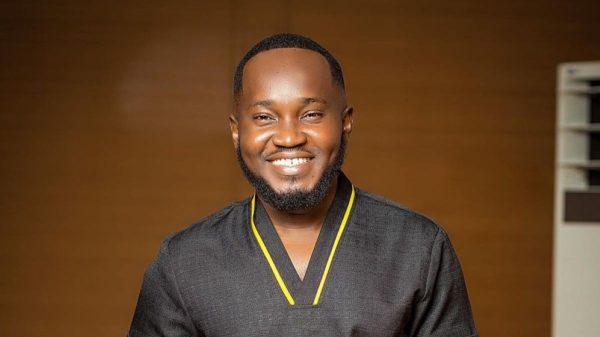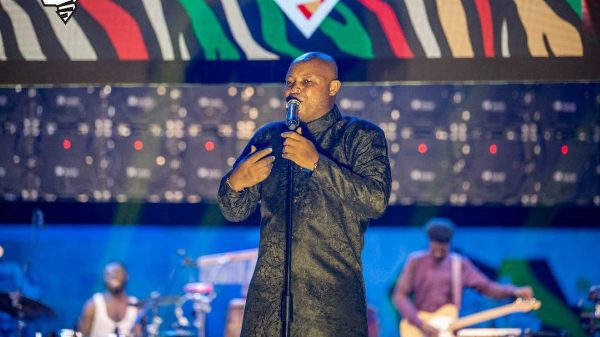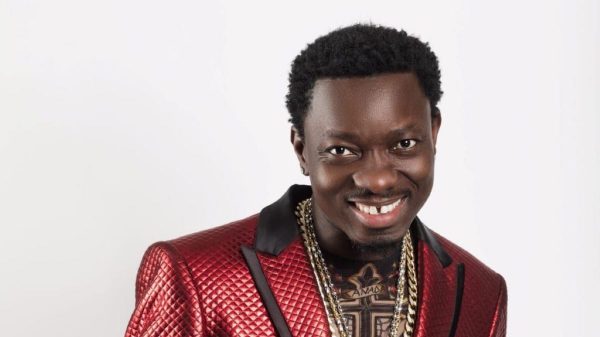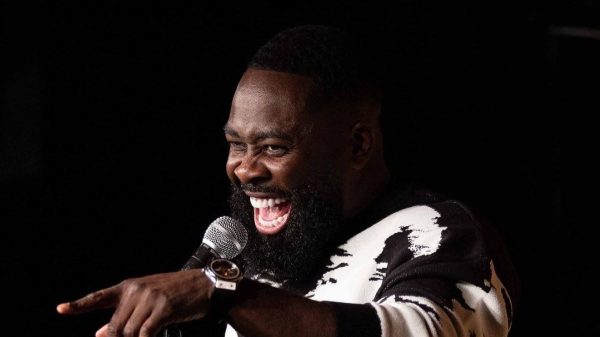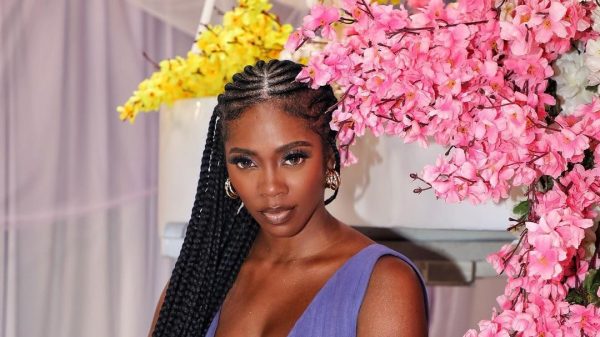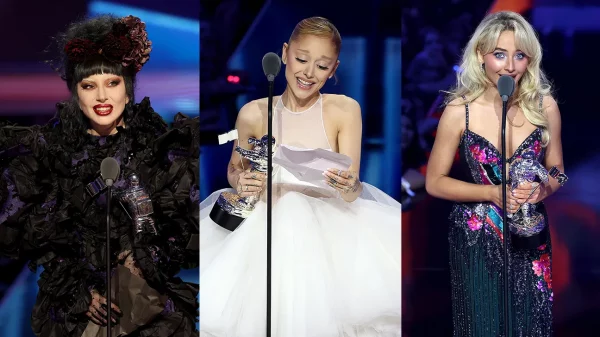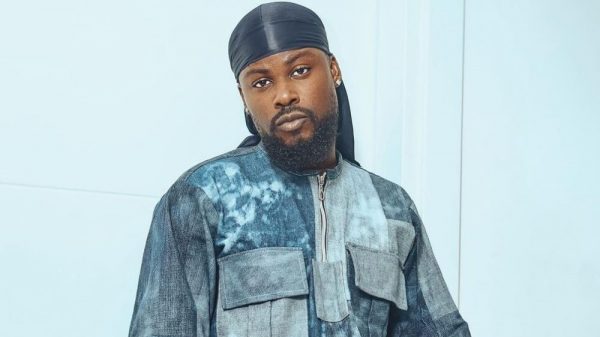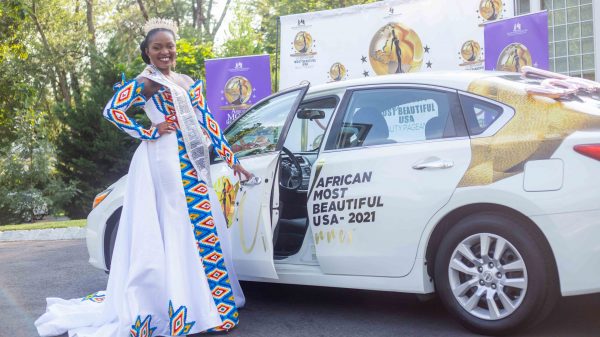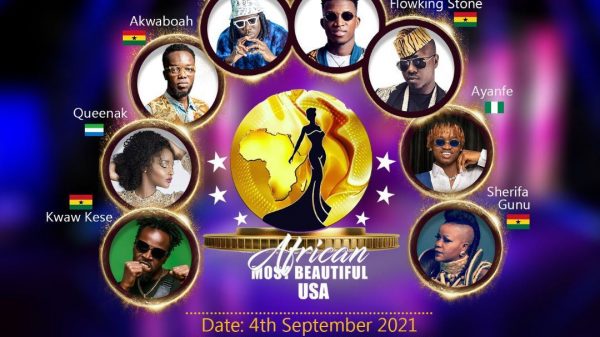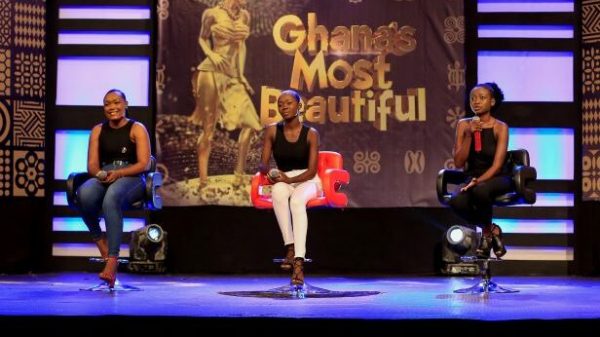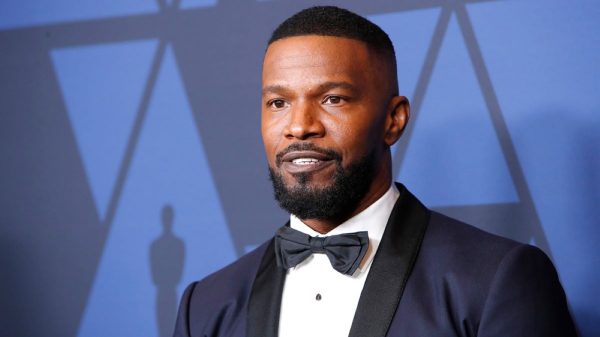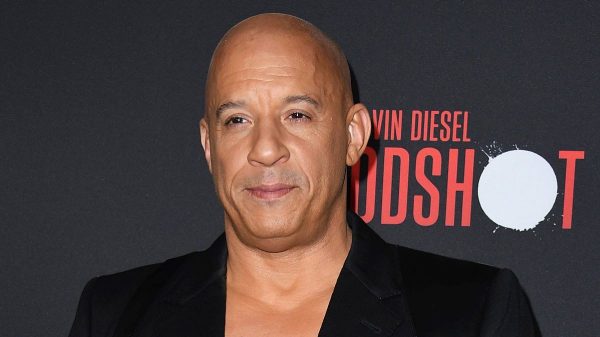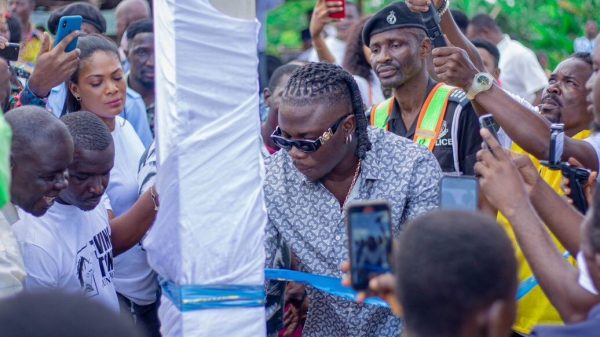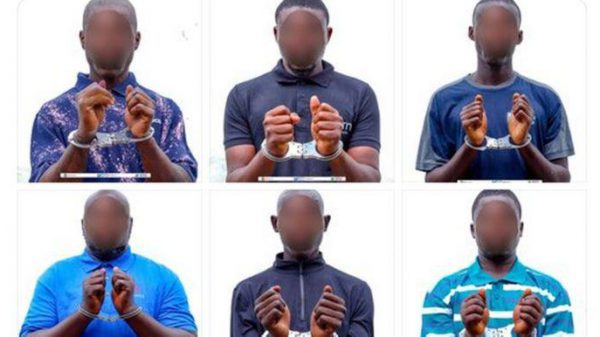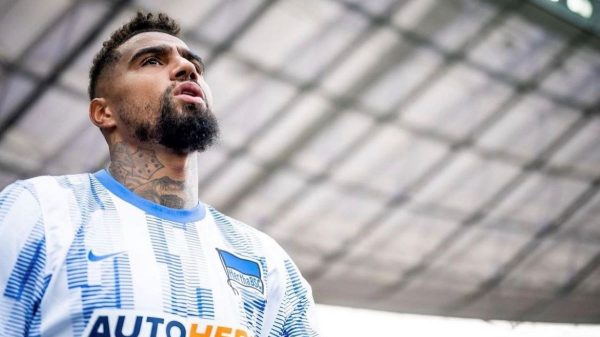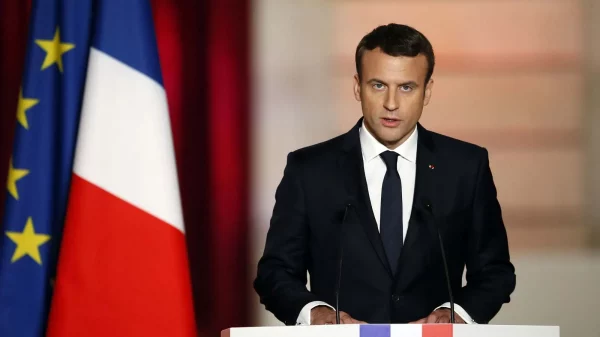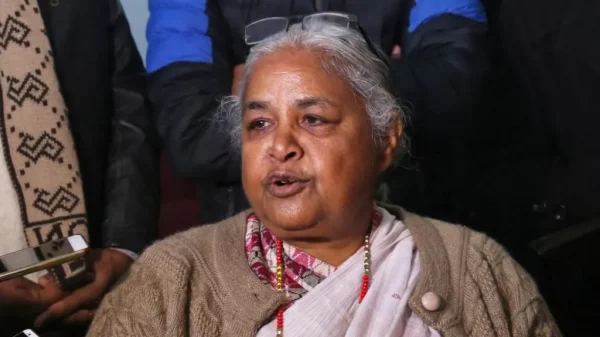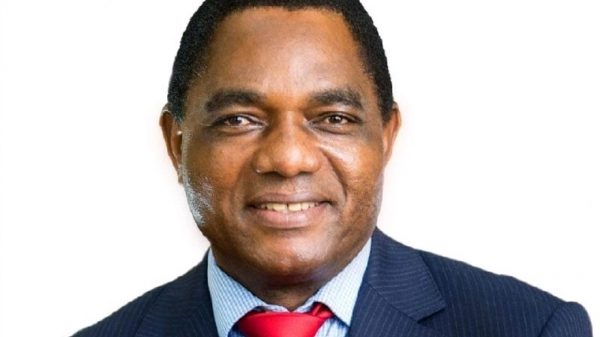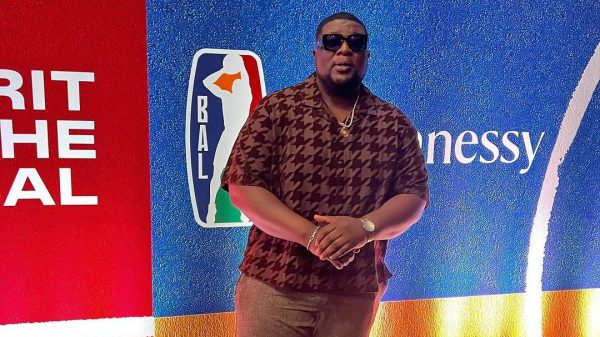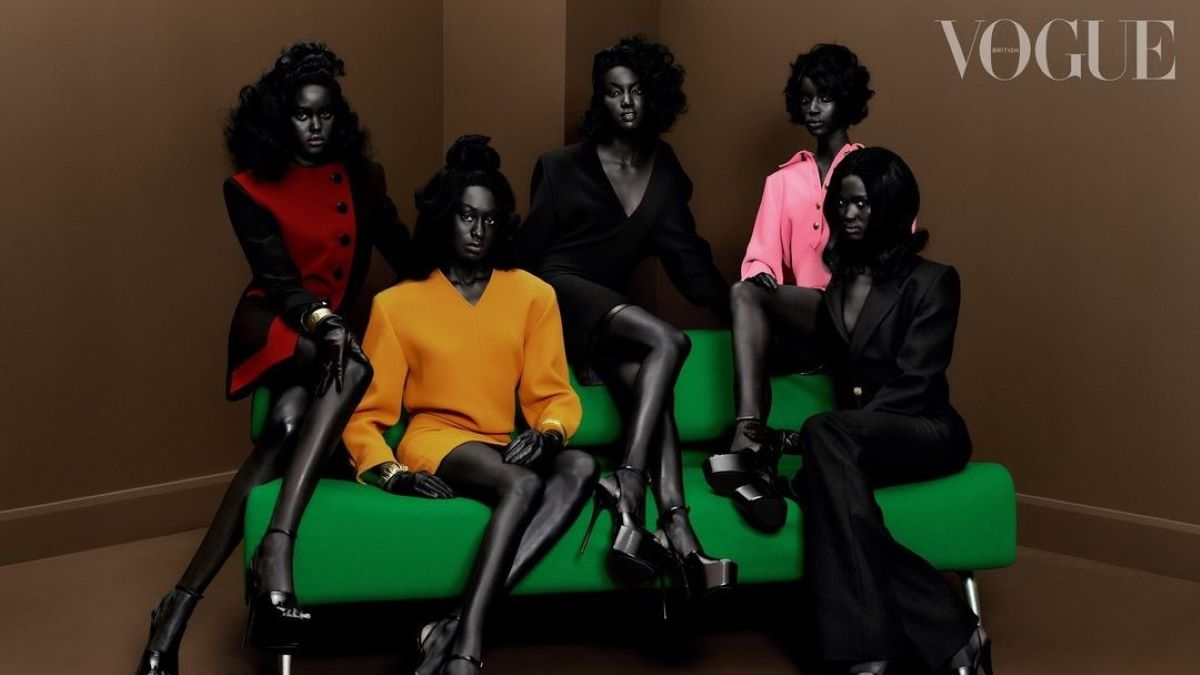British Vogue has hailed a new era that spotlights African fashion. The magazine’s February issue features nine dark-skinned models of African heritage on its cover, including Adut Akech.
Seemingly referencing Peter Lindbergh’s “Supers” Vogue cover from 1990, which introduced the world to the idea of the supermodel, the shot is a challenge to the traditionally white fashion industry, which has, since the murder of George Floyd, been under pressure to change and become more inclusive and diverse.
There has been transparency around discrimination at fashion publications and racial profiling in shops, while diversity on the catwalk has increased. According to the Fashion Spot’s annual diversity report, 43% of the models who walked during the autumn/winter shows of 2021 were women of colour.
“I know there’s so many little black girls who will look at this cover and feel something. I hope it makes you feel seen, heard and happy as it did me,” wrote Nyagua Ruea, one of the models who appears in the magazine.
Ruea and Akech are featured alongside Anok Yai, Majesty Amare, Amar Akway, Janet Jumbo, Maty Fall, Abény Nhial and Akon Changkou.
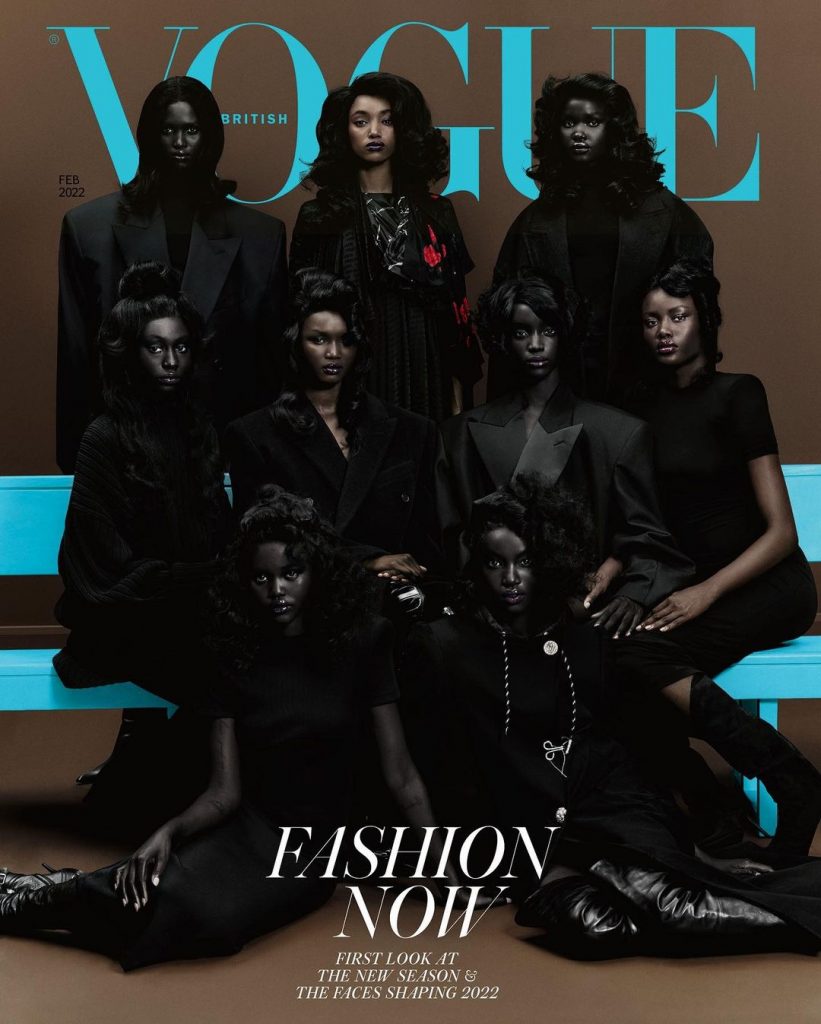
British Vogue’s editor-in-chief, Edward Enninful, who identifies as British Ghanaian, said the photograph was an important statement of anti-tokenism. “No longer just one or two dark-skinned girls mingled backstage, but a host of top models took a meaningful, substantial and equal place among the most successful women working in fashion today. It means so much to me to see it,” he said.
The cover photographer, Rafael Pavarotti, called it a “celebration of women, of matriarchy and of the beauty of black women”.
The cover represents a challenge to the historically Eurocentric fashion gaze, which has long stereotyped Africa as a continent in need of charity and lacking creative autonomy.
Last year the model Naomi Campbell highlighted the regressive attitudes towards African fashion. “There has, in the past, been the wrong perception about the continent and the creativity that comes out of it,” she told the Observer. “Right now, everyone’s kind of got it … but we don’t want African to be considered as a trend.”
Enninful said the cover was another step forward in altering those outdated attitudes. “The rise of African representation in modelling is not only about symbolism, nor even simple beauty standards,” he wrote. “It’s about the elevation of a continent. It’s about economics, access, culture, perspective, difference and wonder.”
The re-evaluation of the continent’s contribution to the industry continues in June with an exhibition at the Victoria and Albert Museum, which will feature the work of the trailblazing designers Kofi Ansah and Folashade “Shade” Thomas-Fahm.

